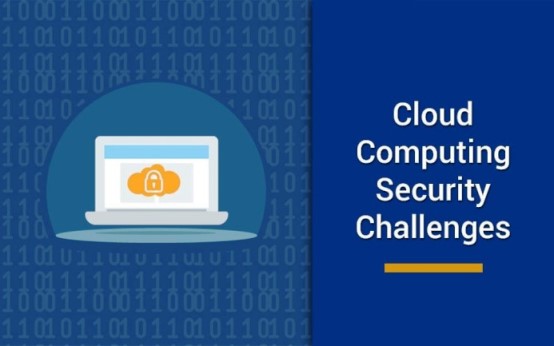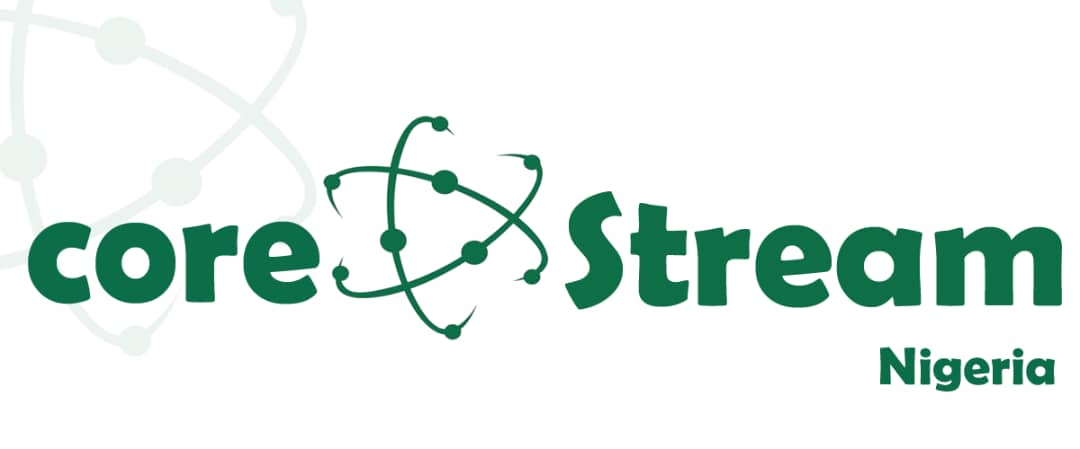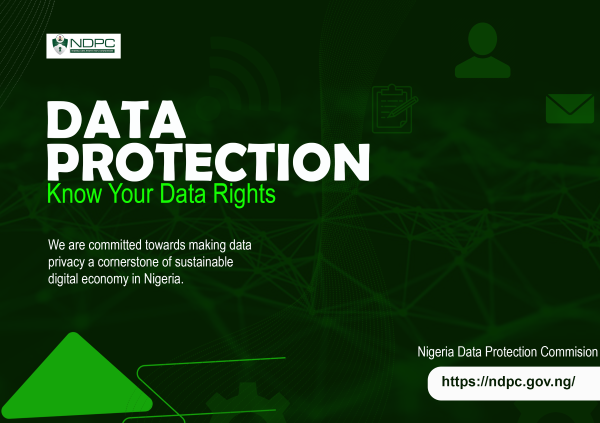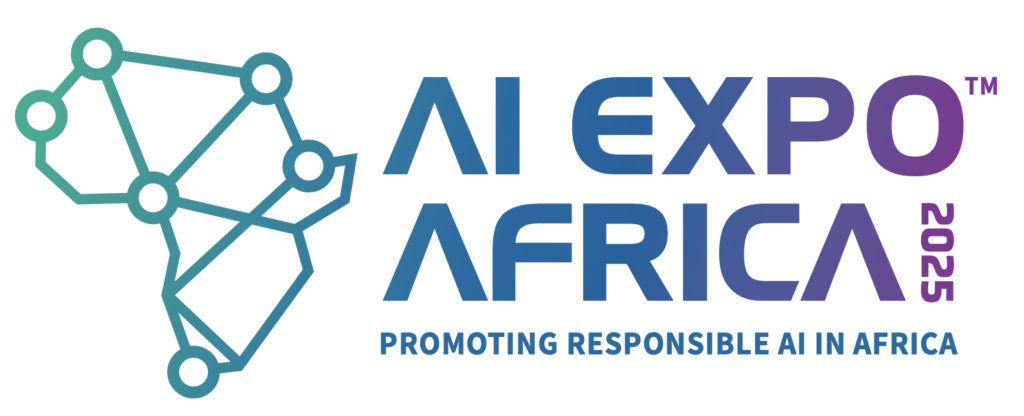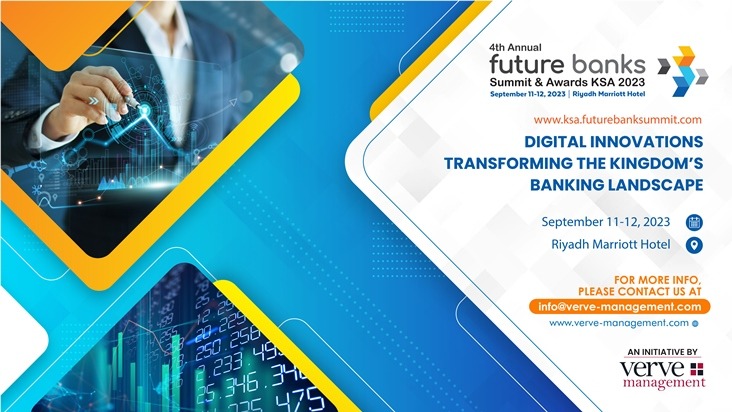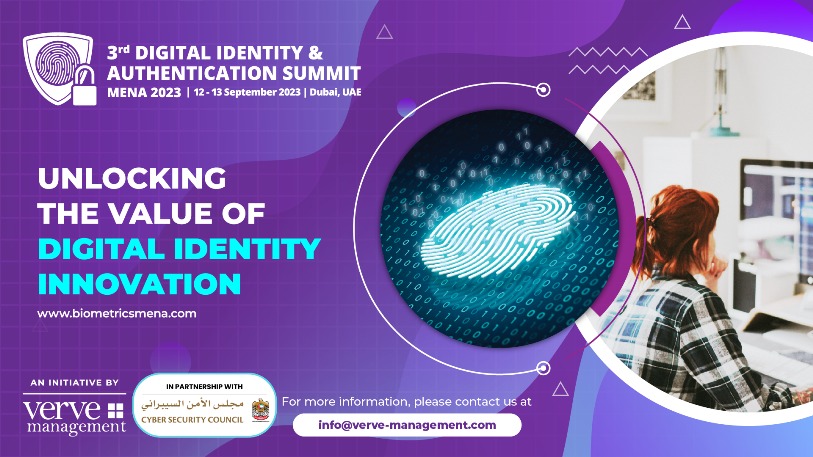By Oladipupo Adeosun
Cybersecurity in the cloud presents both challenges and solutions, as organizations increasingly migrate their data, applications, and infrastructure to cloud environments.
RELATED: Do we need another cloud?
While the cloud offers numerous benefits, such as scalability and cost-efficiency, it also introduces unique security considerations. Here are some of the challenges and solutions associated with cybersecurity in the cloud:
Challenges:
1. Data Security:
– Challenge: Protecting data stored in the cloud from unauthorized access, data breaches, and data leakage.
– Solution: Implement strong encryption for data at rest and in transit. Utilize access controls and identity management to restrict data access to authorized users only.
2. Identity and Access Management (IAM):
– Challenge: Managing and securing user identities and access to cloud resources.
– Solution: Implement robust IAM policies, including multi-factor authentication (MFA), role-based access control (RBAC), and regular access reviews.
3. Compliance and Legal Issues:
– Challenge: Ensuring compliance with industry-specific regulations and legal requirements when data is stored in the cloud.
– Solution: Choose cloud providers that offer compliance certifications relevant to your industry. Implement audit trails and monitoring to track compliance.
4. Shared Responsibility Model:
– Challenge: Understanding the shared responsibility model in which cloud providers are responsible for the security of the cloud infrastructure, while customers are responsible for securing their data and applications.
– Solution: Clearly define and understand the responsibilities of both the cloud provider and the customer. Implement security measures accordingly.
5. Security Misconfigurations:
– Challenge: Misconfigurations in cloud services can lead to vulnerabilities and data exposure.
– Solution: Regularly audit and assess cloud configurations to identify and remediate misconfigurations. Utilize cloud security best practices and automation tools.
6. Data Loss Prevention (DLP):
– Challenge: Preventing the accidental or intentional loss of sensitive data in the cloud.
– Solution: Implement DLP solutions that can monitor and enforce policies on data transfers, ensuring sensitive data is protected.
7. Threat Detection and Response:
– Challenge: Detecting and responding to threats in real time in a dynamic cloud environment.
– Solution: Employ cloud-native security tools and services for threat detection and response. Implement security information and event management (SIEM) solutions for centralized monitoring.
Solutions:
1. Cloud Security Best Practices:
– Follow established cloud security best practices and guidelines provided by cloud service providers (CSPs) to ensure a strong security posture.
2. Cloud Security Tools:
– Leverage cloud-native security tools and services offered by CSPs, such as AWS Security Hub, Azure Security Center, and Google Cloud Security Command Center.
3. Security as Code:
– Implement security as code (SAC) practices, where security controls are automated and integrated into the DevOps pipeline.
4. Zero Trust Architecture:
– Adopt a zero-trust security model, which assumes that no entity, whether inside or outside the network, should be trusted by default.
5. Continuous Monitoring and Auditing:
– Implement continuous monitoring and auditing of cloud resources to detect and respond to real-time security incidents.
6. Security Training and Awareness:
– Educate employees and cloud users about security best practices and the risks associated with cloud computing.
7. Incident Response Plan:
– Develop a robust incident response plan for cloud environments to efficiently respond to security incidents.
8. Third-Party Security Solutions:
– Consider third-party security solutions and services that can enhance cloud security, such as cloud access security brokers (CASBs) and cloud workload protection platforms (CWPPs).
9. Multi-Cloud Security Strategy:
– If using multiple cloud providers, ensure consistent security practices across all environments and consider centralized management and monitoring solutions.
10. Regular Security Assessments:
– Conduct regular security assessments, vulnerability scanning, and penetration testing of cloud infrastructure and applications.
Cybersecurity in the cloud requires a proactive and multi-layered approach to address the unique challenges posed by cloud environments. By implementing a combination of best practices, tools, and ongoing monitoring, organizations can enhance their cloud security posture and protect sensitive data and resources effectively.
Oladipupo Adeosun. Enterprise Solution Architect (Cyber Security | Infrastructure | Penetration Testing)


